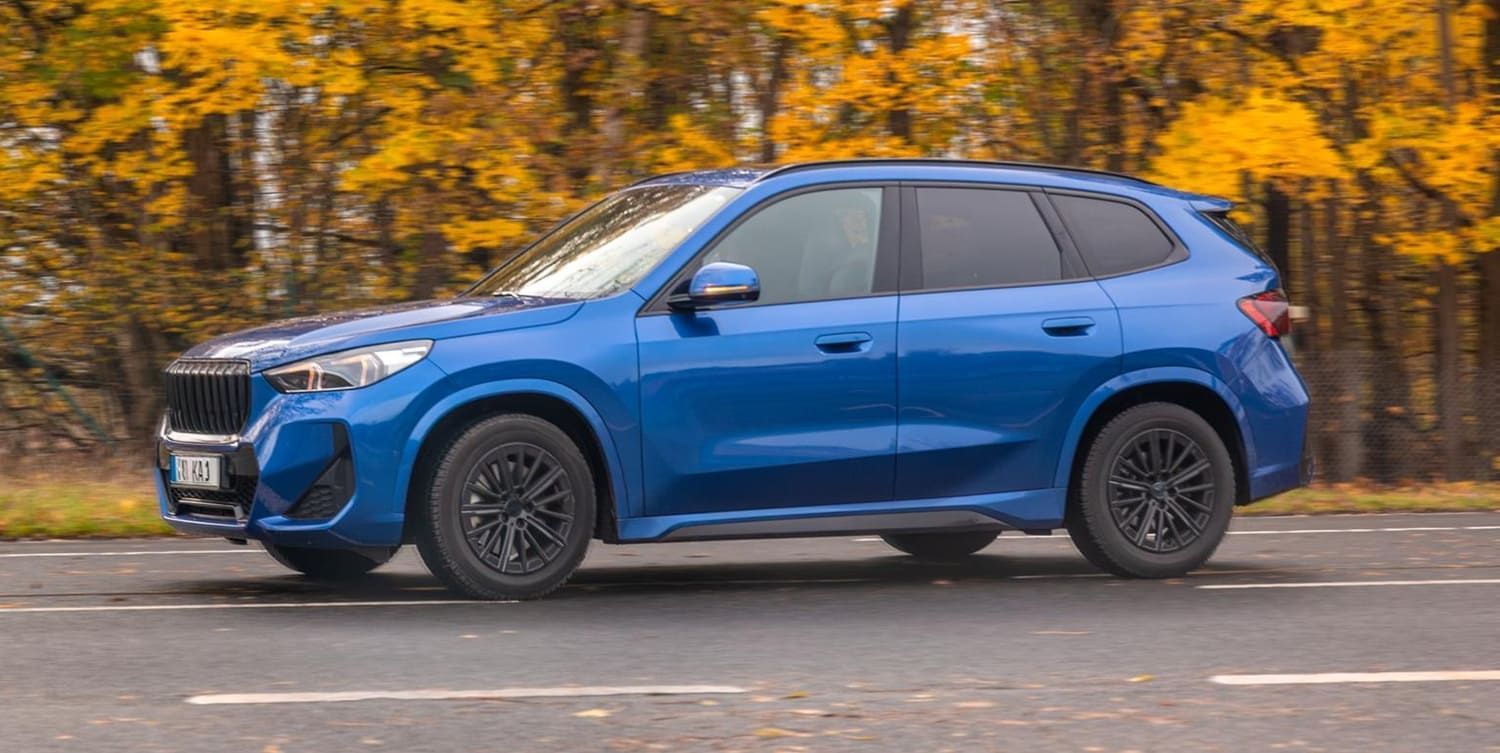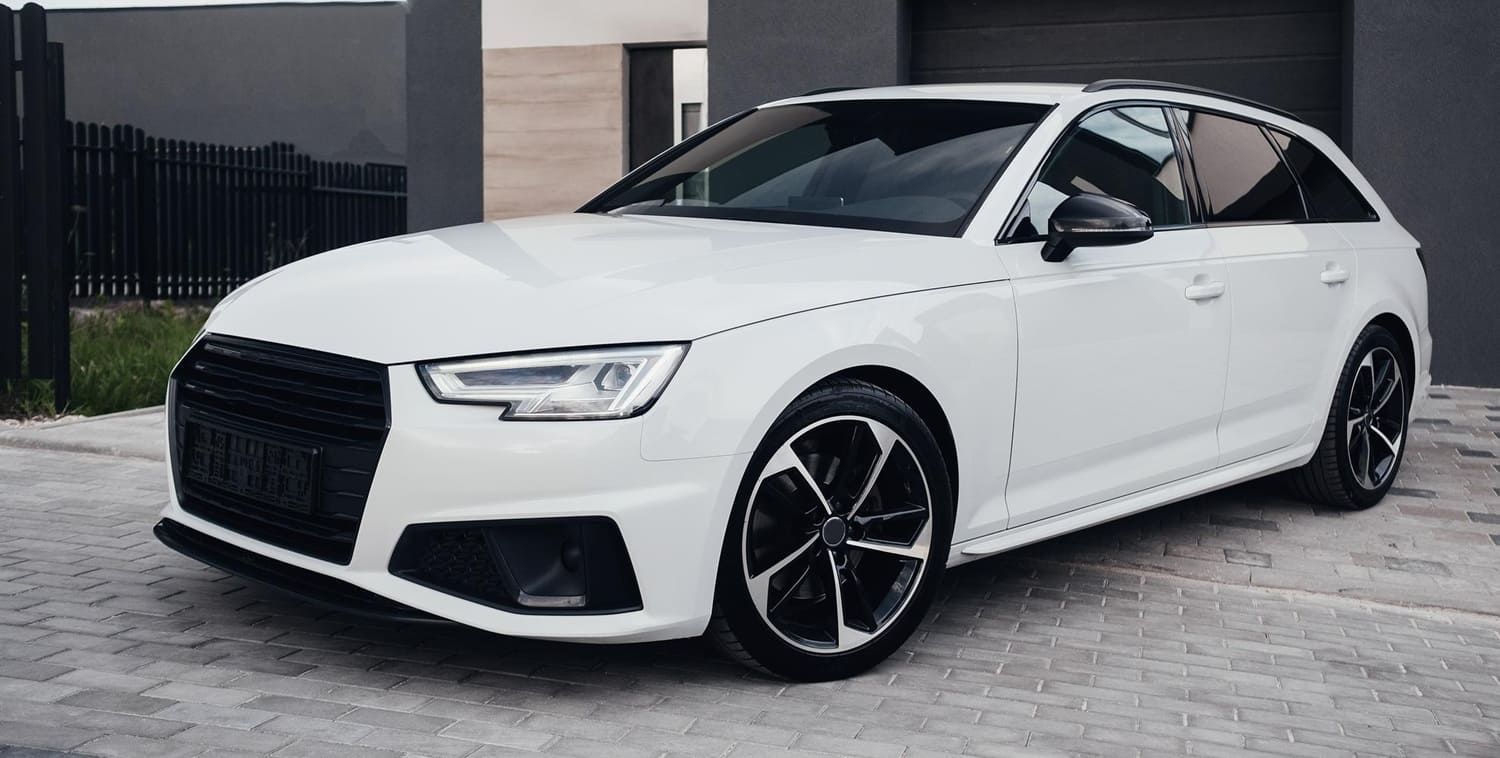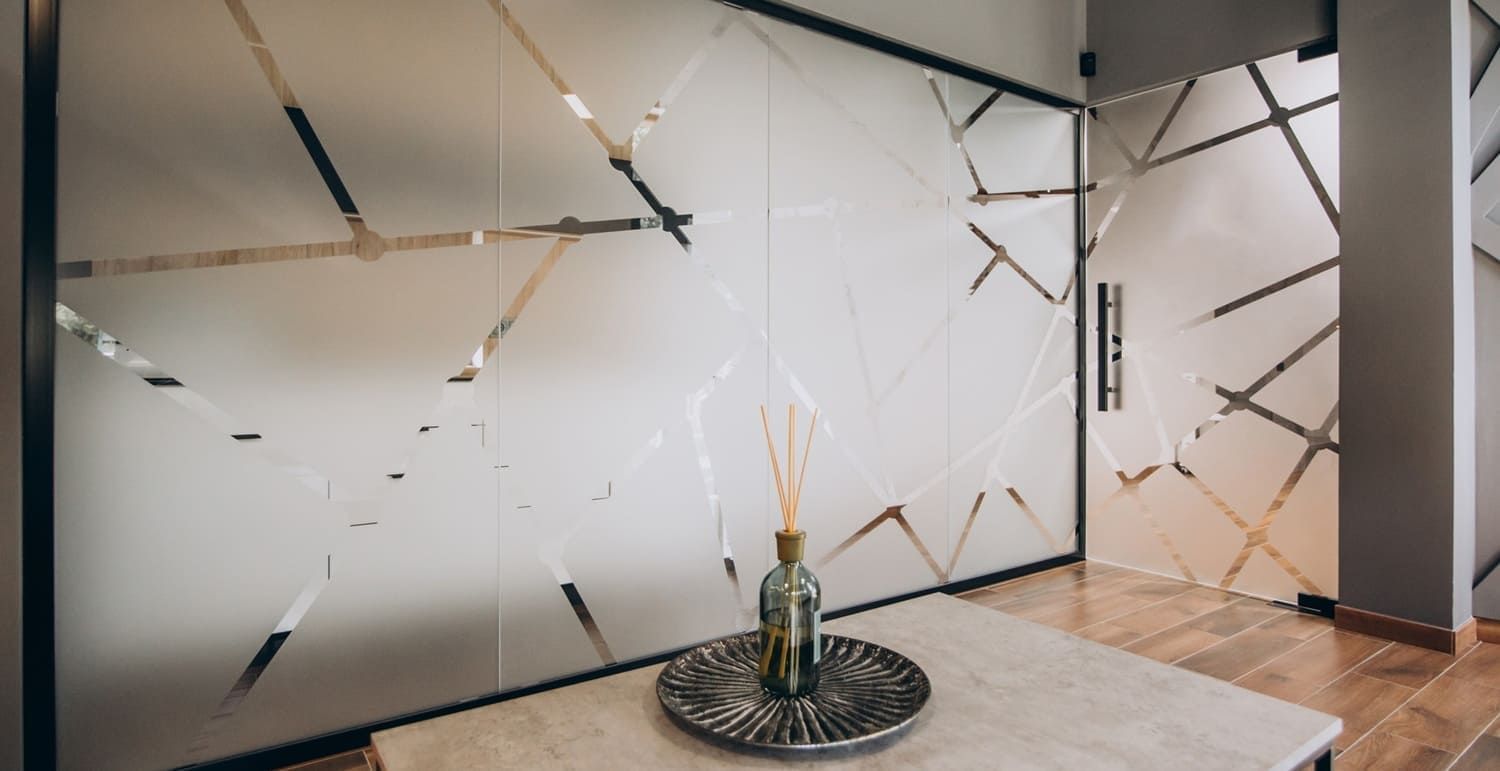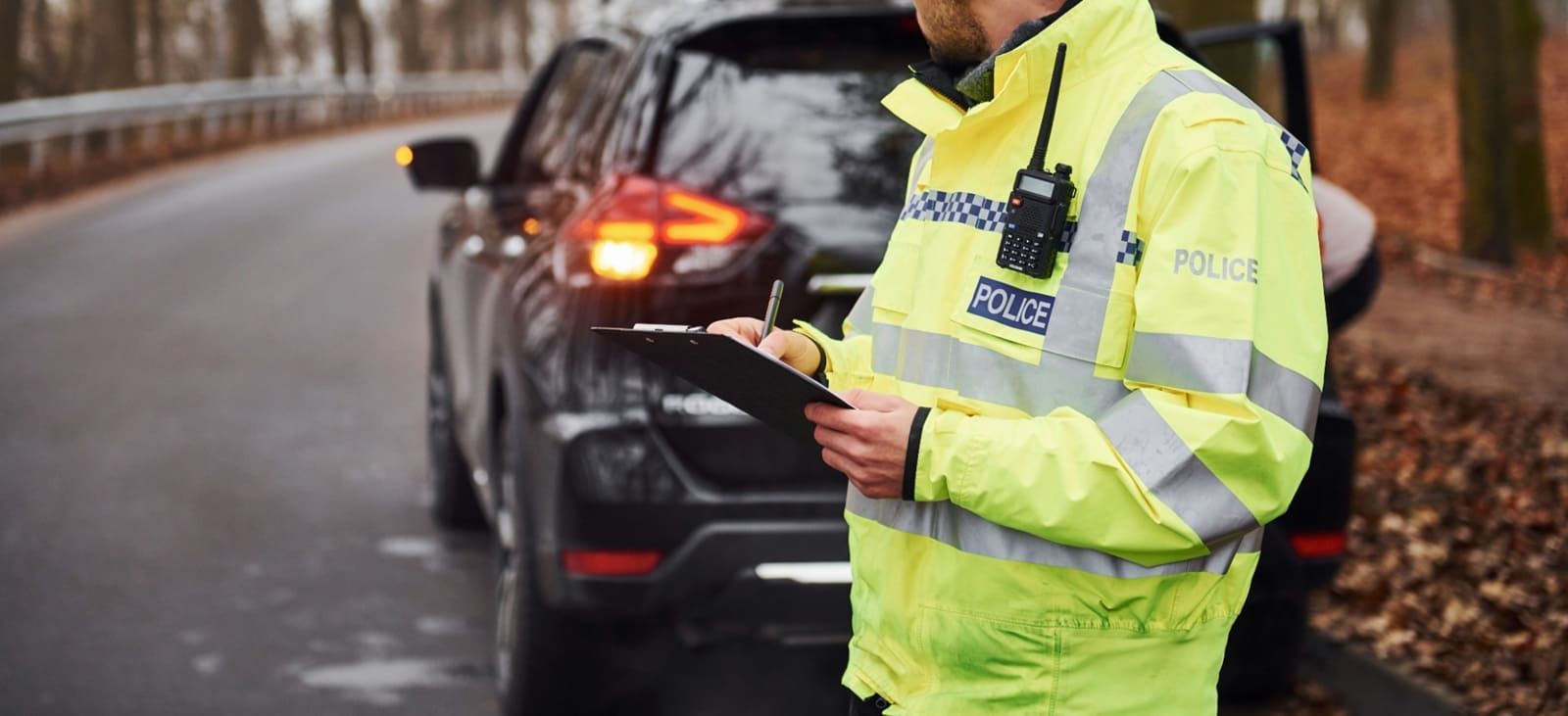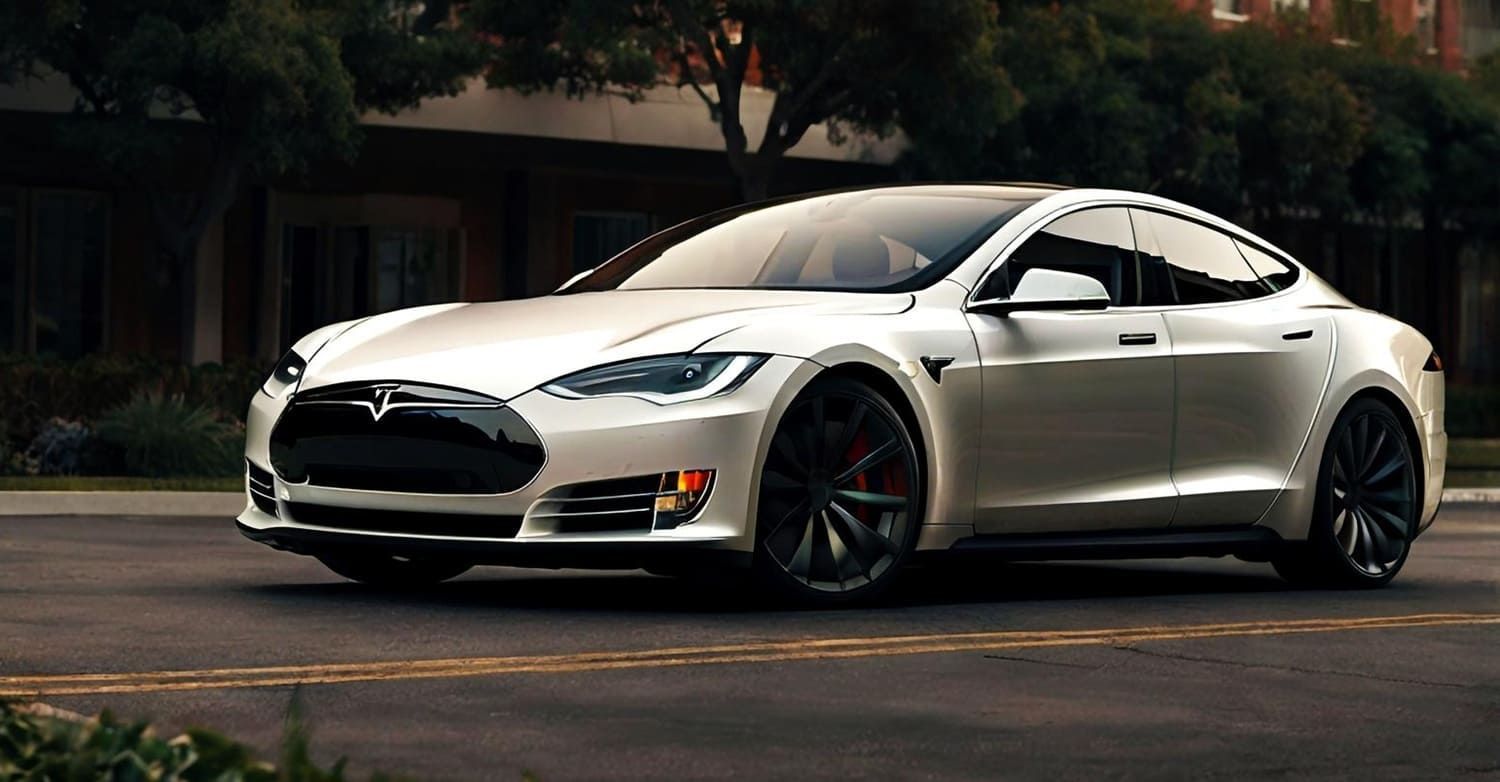What to Do If Your Window Tint Starts to Bubble or Peel
Window tinting can dramatically improve the aesthetics and functionality of your car. However, over time, you might notice that your window tint begins to bubble or peel. This can be frustrating, but don't worry—there are ways to address these issues effectively.
In this guide, we'll explore the reasons behind tint bubbling and peeling, and provide practical steps for repairing these problems yourself. We'll also discuss when it's best to seek professional help to ensure your window tint looks as good as new.
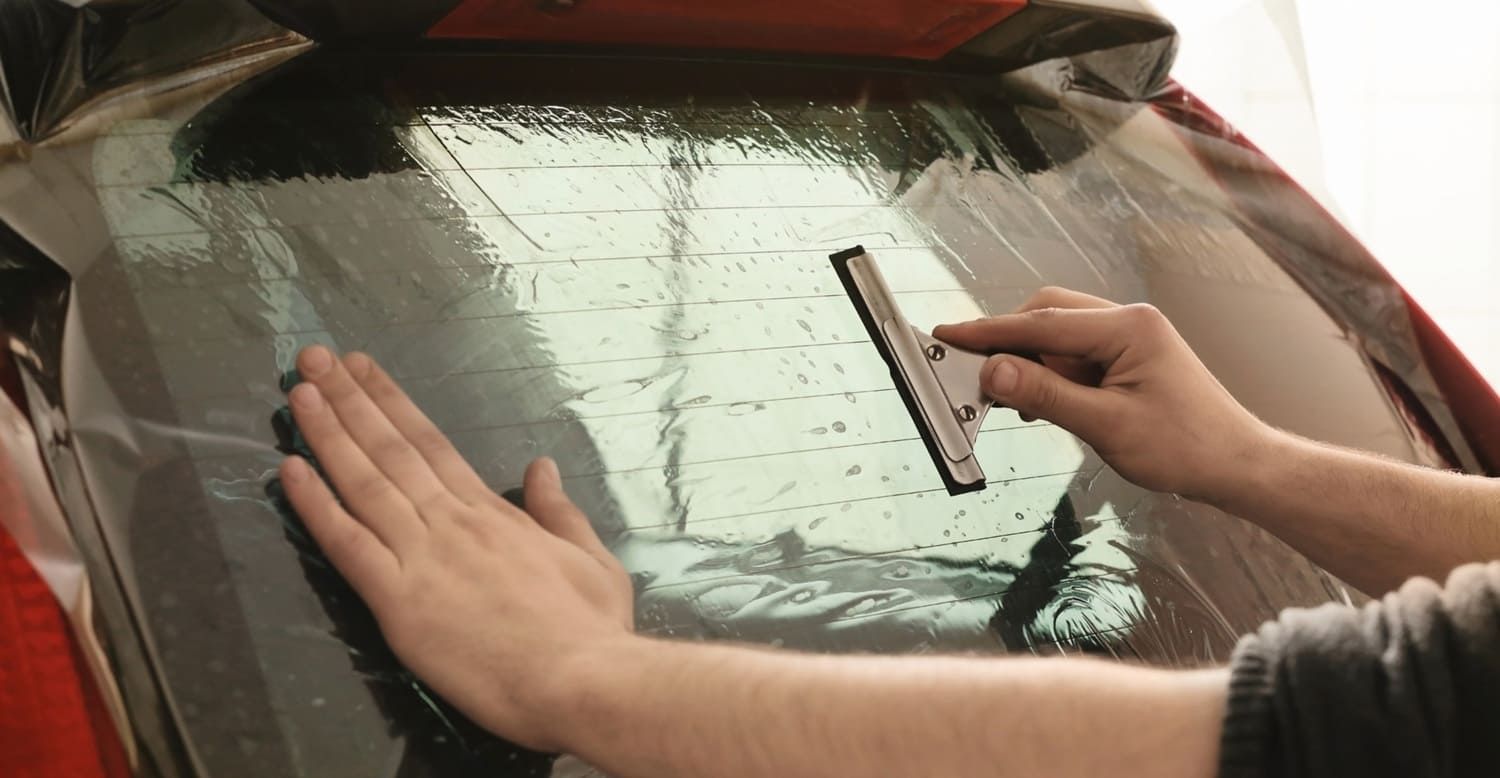
Understanding Why Window Tint Bubbles and Peels
Before diving into repairs, it's important to understand why window tint bubbles and peels. This knowledge will help prevent these issues in the future.
Causes of Window Tint Bubbles
Bubbles in window tint are often caused by improper installation. If the film isn't applied smoothly, air can get trapped underneath. Over time, these air bubbles can expand, especially when exposed to heat.
Another reason for bubbles is the adhesive used in the tinting process. Low-quality adhesives might not bond properly, leading to air pockets that eventually form bubbles.
Causes of Peeling Tint
Peeling usually occurs when the adhesive holding the tint to the glass starts to fail. This might happen due to age, exposure to harsh sunlight, or using low-quality tint films.
How to Repair Window Tint Bubbles
If your window tint has started bubbling, follow these steps to fix the issue:
Step 1: Gather Your Tools
You'll need a few basic tools to start repairing your window tint bubbles:
- A fine needle or pin
- A credit card or a similar flat-edged tool
- A hairdryer or heat gun
- A soft cloth
Step 2: Heat the Tint
Use a hairdryer or heat gun to gently warm up the bubbled area of the tint. The heat will soften the adhesive, making it easier to flatten the bubbles. Be sure to move the heat source continuously to avoid damaging the tint or the glass.
Step 3: Pop the Bubbles
Carefully insert the fine needle into the center of each bubble. This will allow trapped air to escape. Be gentle to avoid tearing the tint.
Step 4: Smooth Out the Tint
Once the air is released, use a credit card or flat-edged tool wrapped in a soft cloth to smooth out the tint. Work from the center of the bubble towards the edges to remove any remaining air pockets.
Step 5: Reheat and Repeat
If necessary, reheat the area and repeat the smoothing process until the tint is flat and bubble-free.
How to Repair Peeling Window Tint
For peeling tint, follow these steps to repair it:
Step 1: Assess the Damage
First, examine the extent of the peeling. If only a small section is affected, you may be able to repair it without replacing the entire tint. However, extensive peeling might require a full replacement.
Step 2: Clean the Area
Clean the area around the peeling tint with a mild soap and water solution. Ensure the surface is completely dry before proceeding.
Step 3: Reapply Adhesive
Apply a thin layer of adhesive designed for window tinting to the peeling area. Be careful not to use too much, as excess adhesive can create new bubbles.
Step 4: Reattach the Tint
Press the peeling section of the tint back onto the glass, ensuring it is smooth and free of air pockets. Use a flat-edged tool wrapped in a soft cloth to help with this process.
Step 5: Heat and Smooth
Use a hairdryer or heat gun to gently warm the reattached section, and then smooth it out with your tool. This will help the adhesive bond securely to the glass.
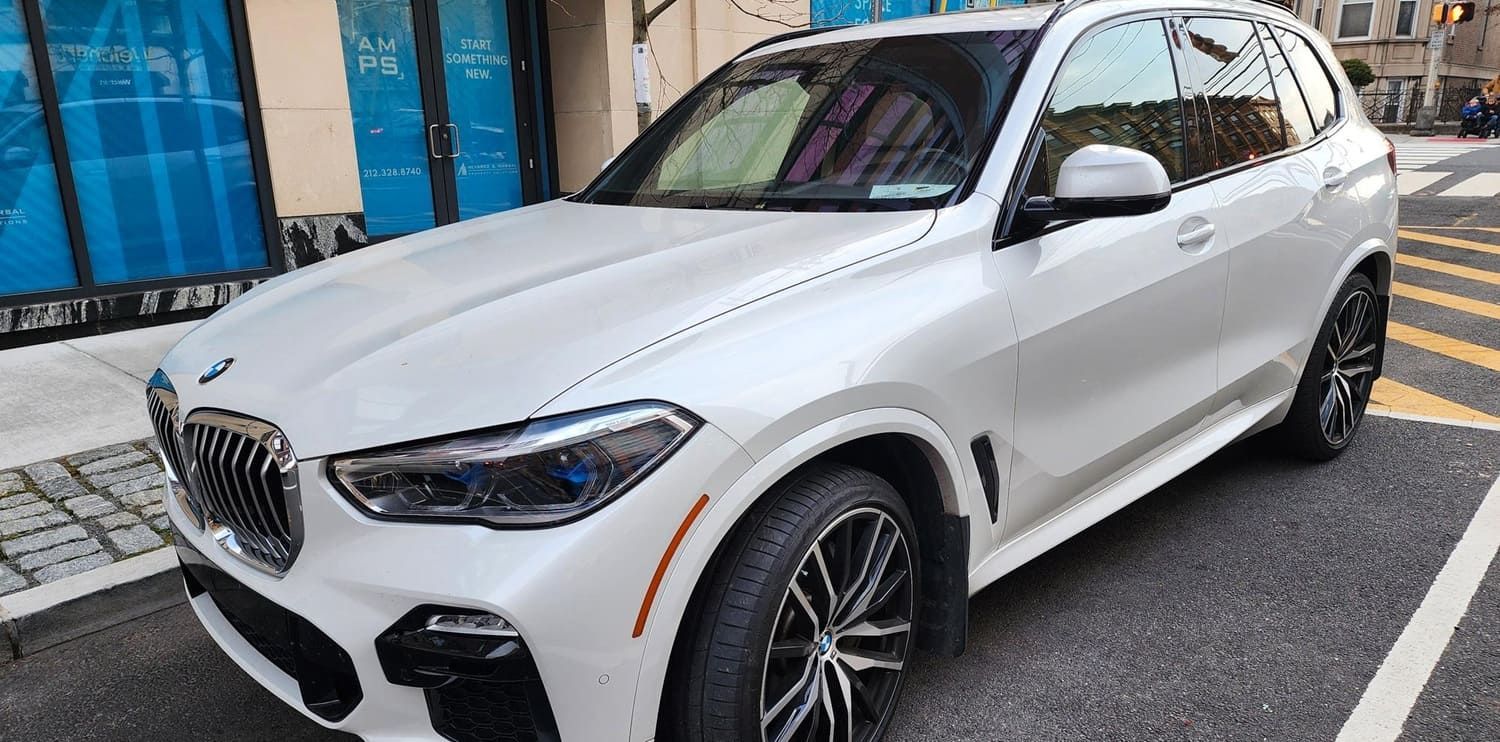
When to Seek Professional Help
While DIY repairs can be effective for minor issues, there are times when professional help is necessary:
Extensive Damage
If your tint is extensively bubbled or peeling across large areas, it may be more efficient to have it professionally replaced. Experts have the tools and experience to ensure a flawless finish.
Low-Quality Tint
If the original installation used low-quality tint, repairing it might only provide a temporary fix. In this case, replacing it with a higher-quality film can prevent future issues.
Lack of Time or Tools
If you lack the time, tools, or confidence to perform the repairs yourself, seeking professional assistance can save you from potential mistakes.
Tips to Prevent Window Tint Issues
Preventing future bubbling and peeling involves taking care of your window tint from the start. Here are some tips:
- Choose Quality Tint: Invest in high-quality window tint films that come with a warranty. This ensures better durability and performance.
- Professional Installation: Opt for professional installation to avoid common mistakes that lead to bubbling and peeling.
- Regular Maintenance: Keep your windows clean and avoid using harsh chemicals that can degrade the adhesive over time.
Conclusion
Window tint bubbling and peeling are common issues, but they can be addressed with the right techniques and tools. At Latitude 33 Window Tint in West Columbia, SC, we help you understand the causes and follow the repair steps to restore your tint to its original condition.
Remember, if the damage is too extensive or you're unsure about the repair process, it's always best to consult our professional team at Latitude 33 Window Tint. We provide expert advice and ensure your window tint remains in top condition for years to come. Contact us today for a free estimate and let Latitude 33 Window Tint keep your vehicle's window tint flawless and durable.

